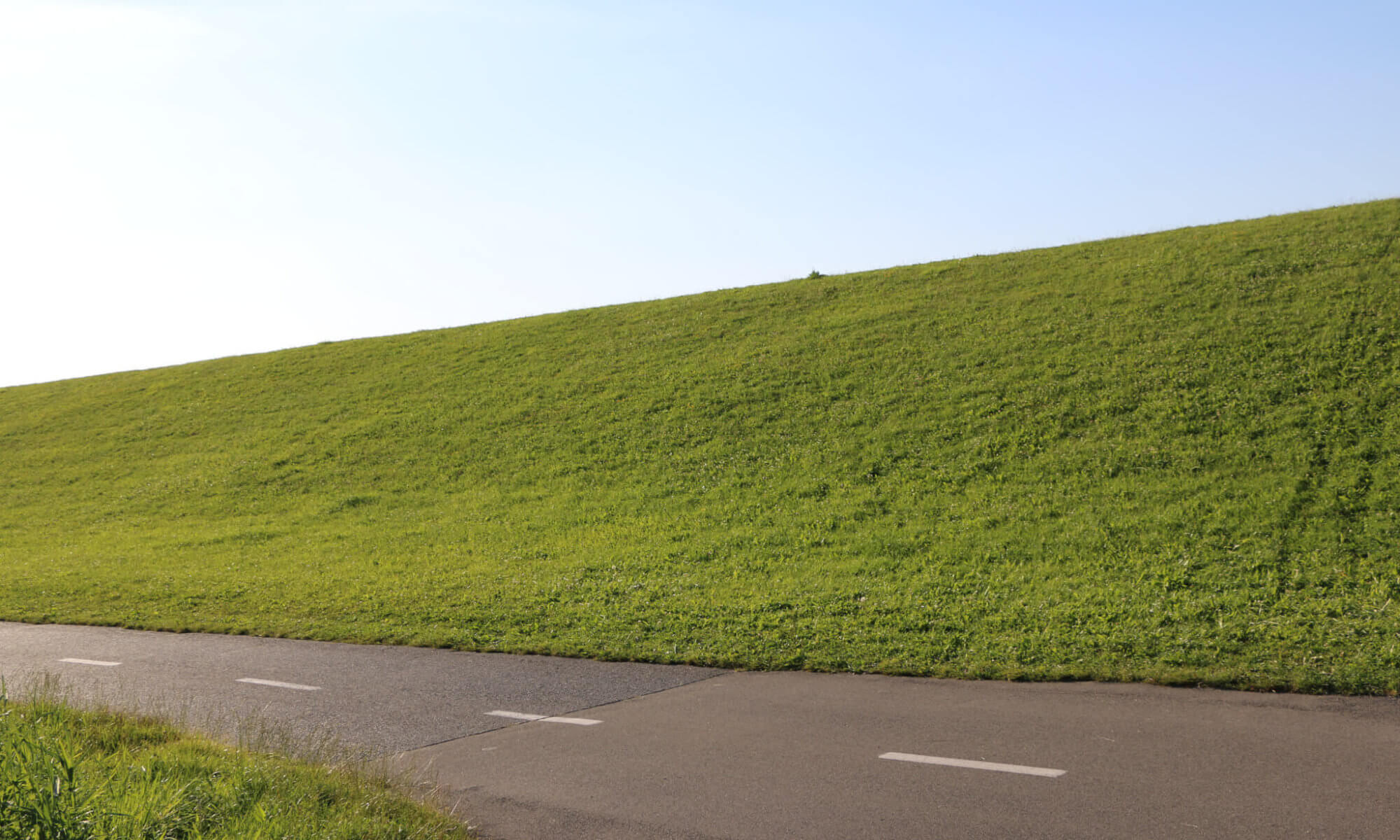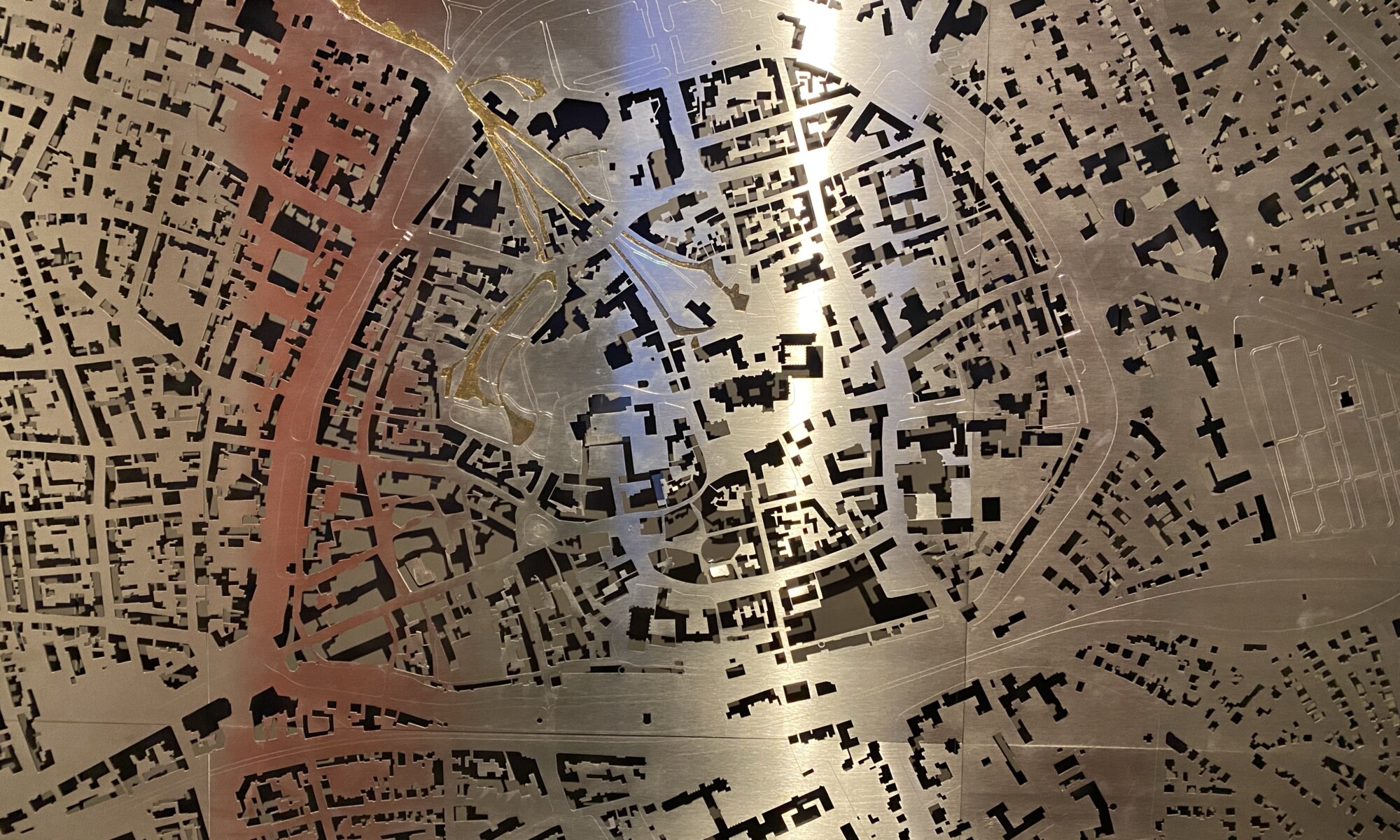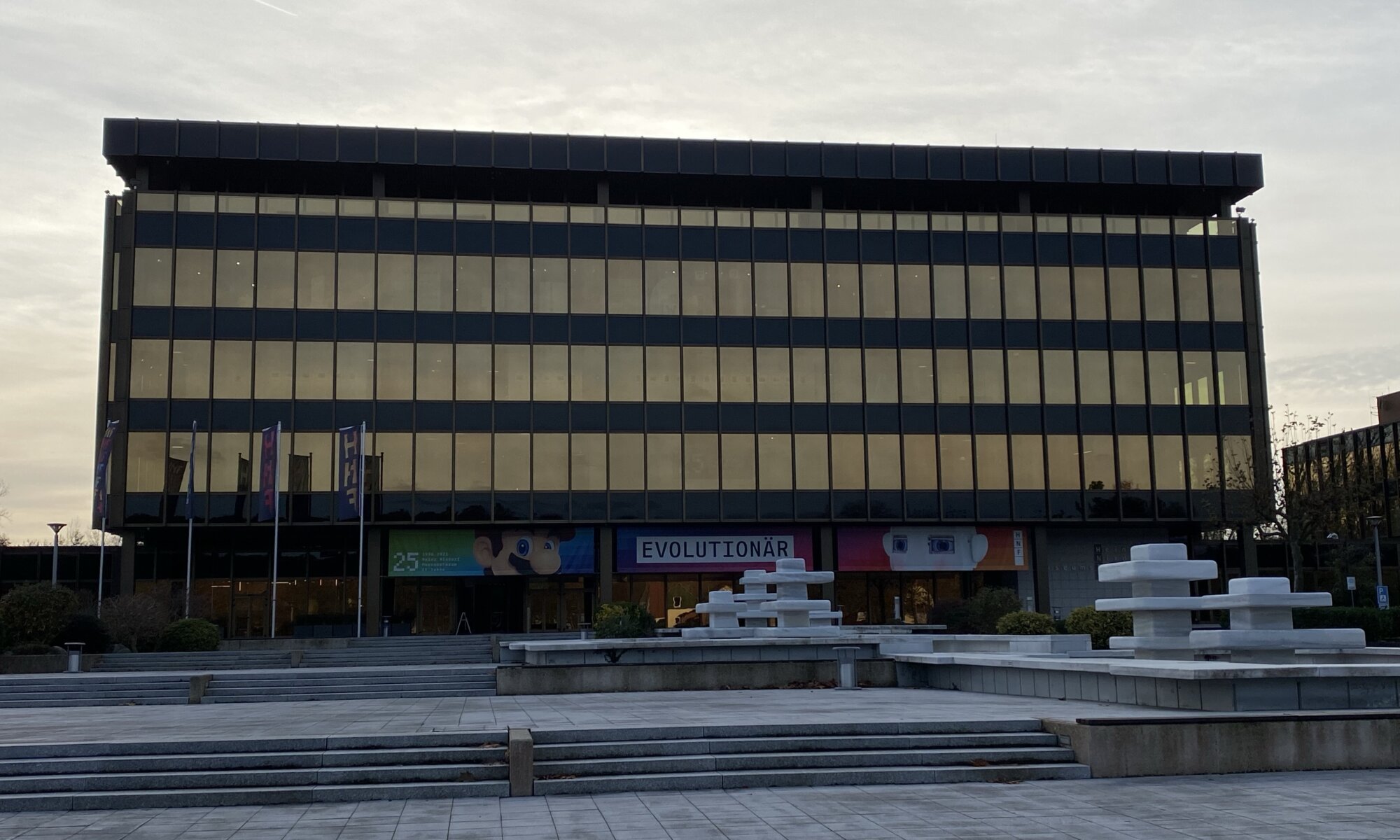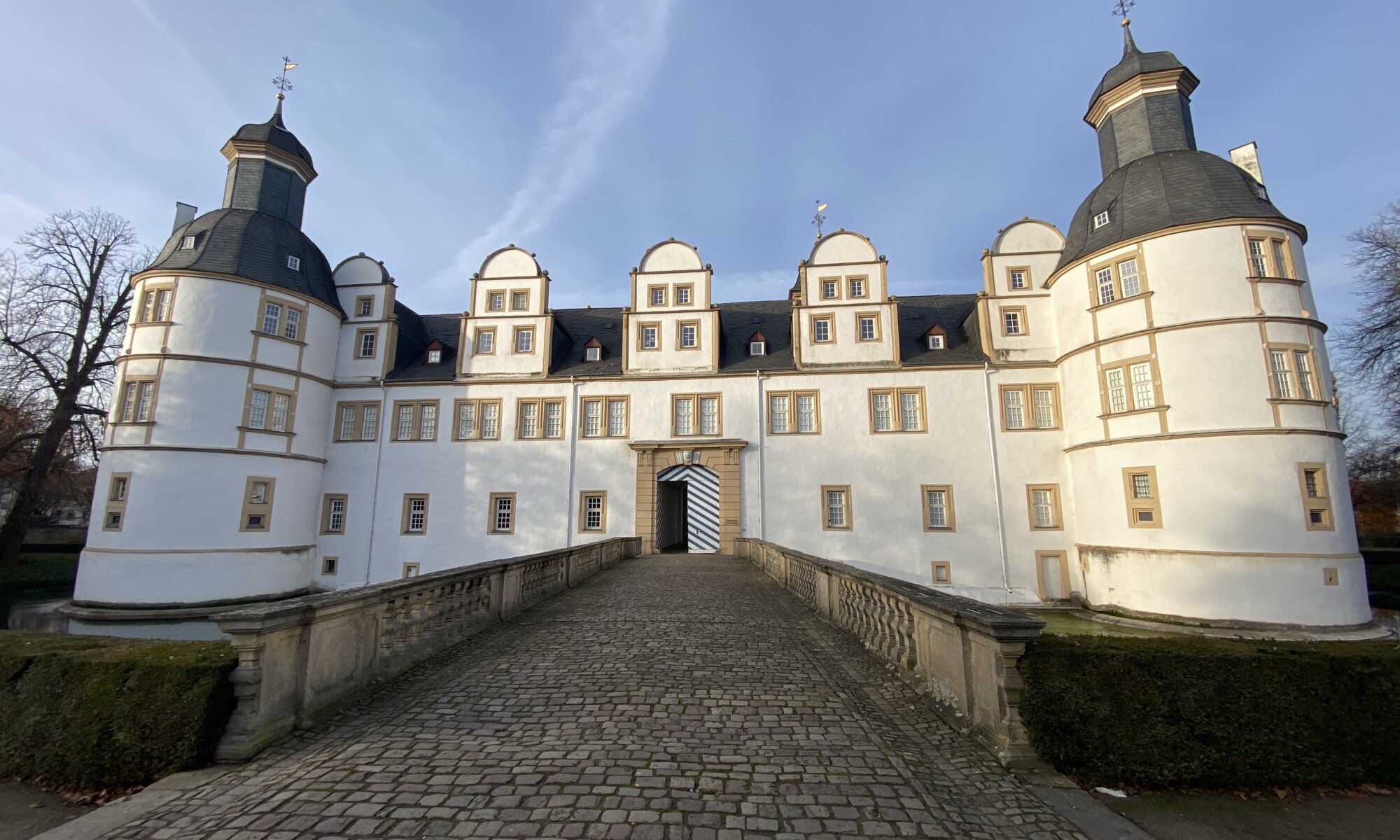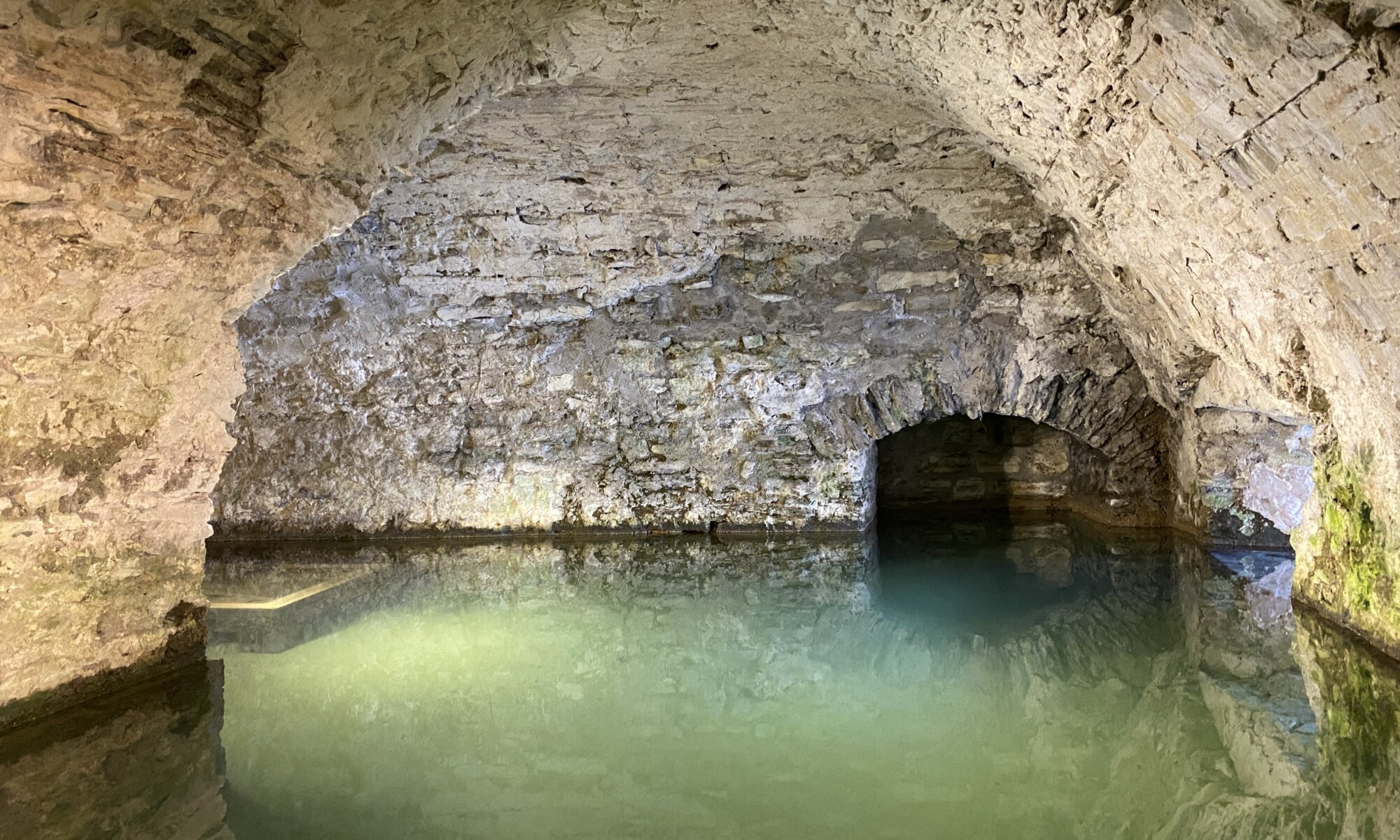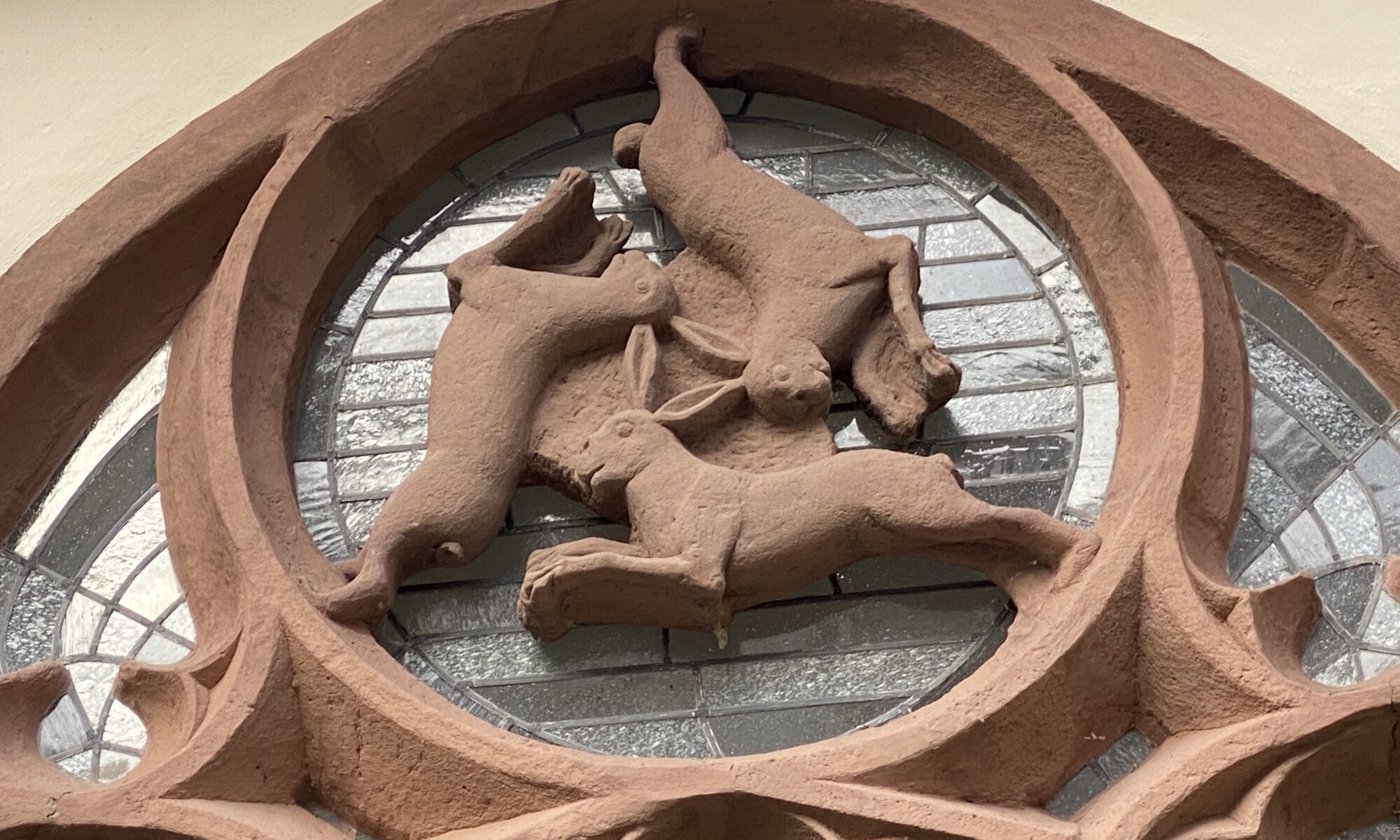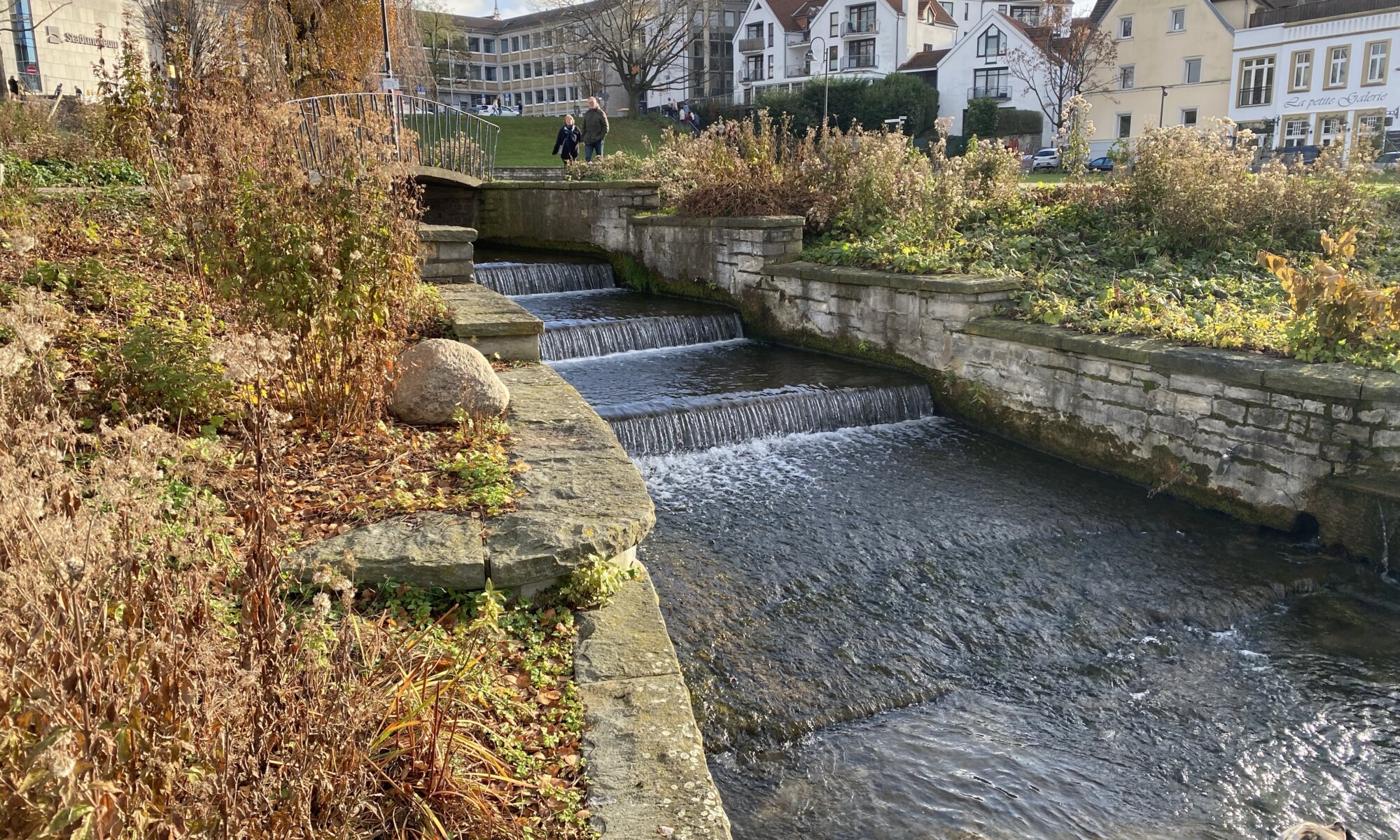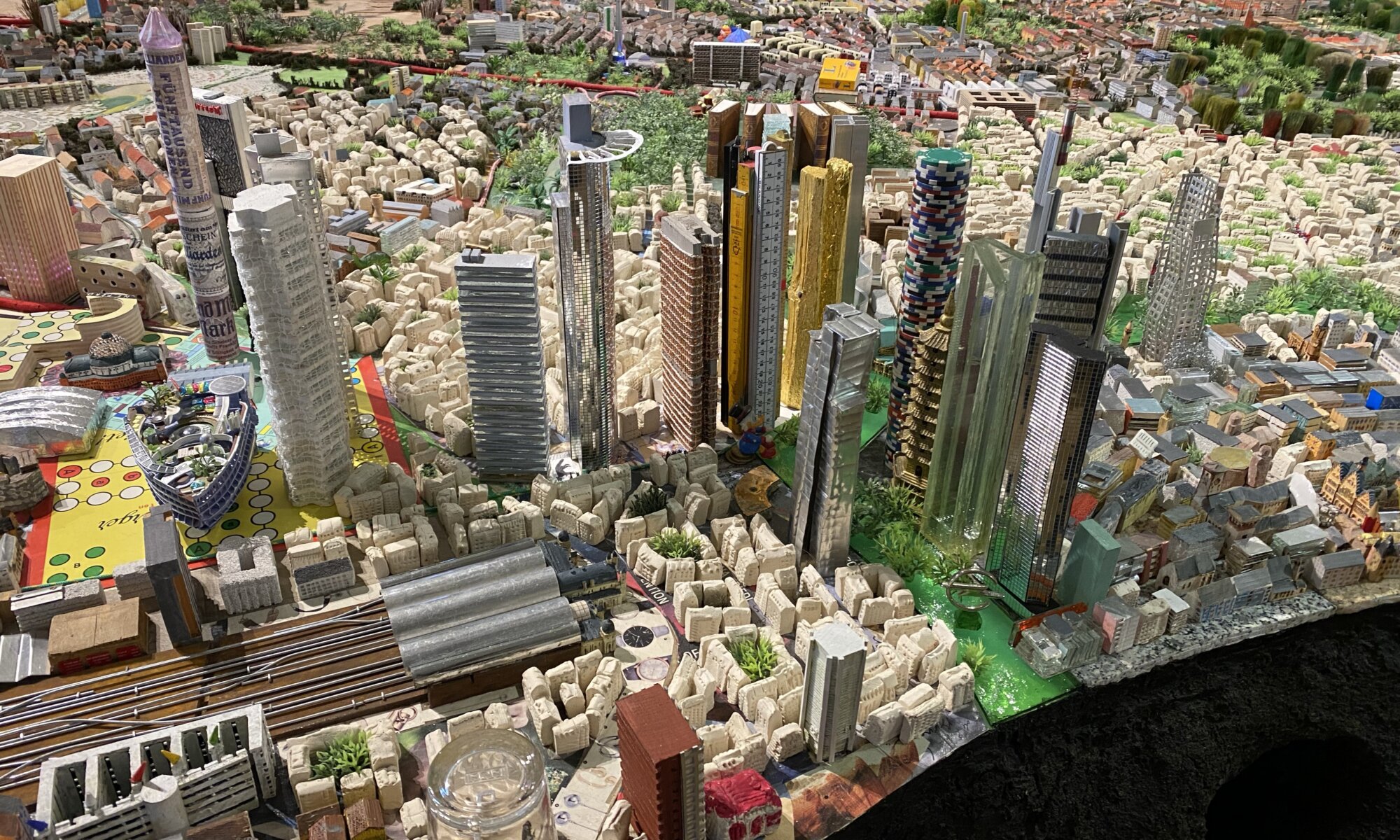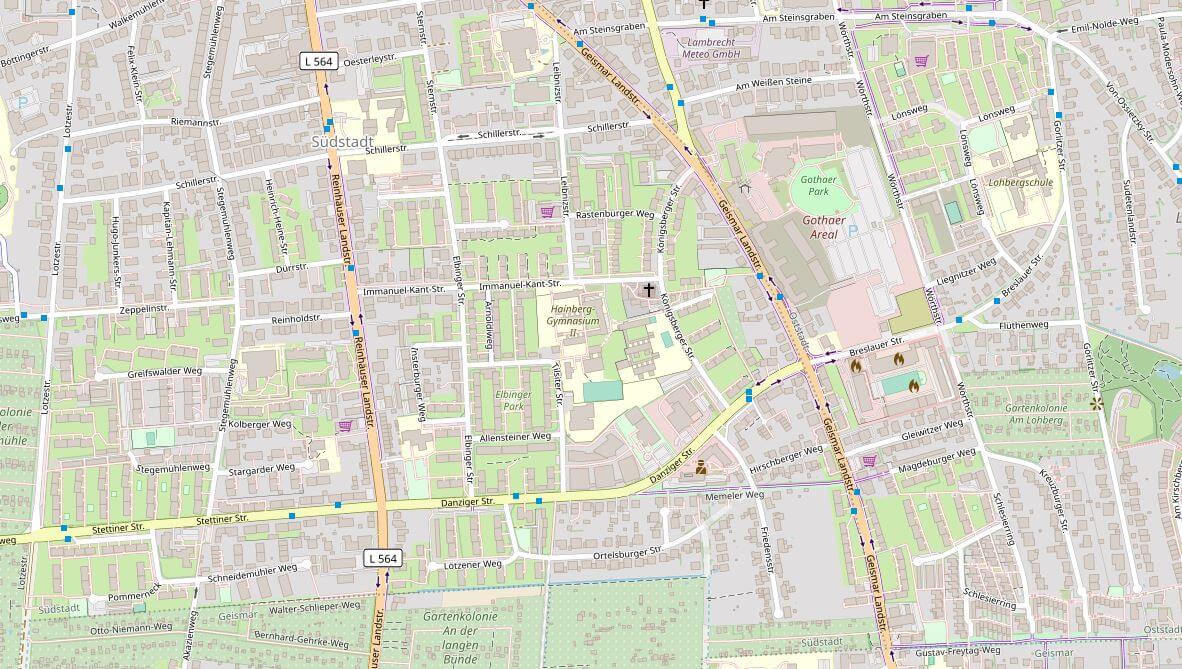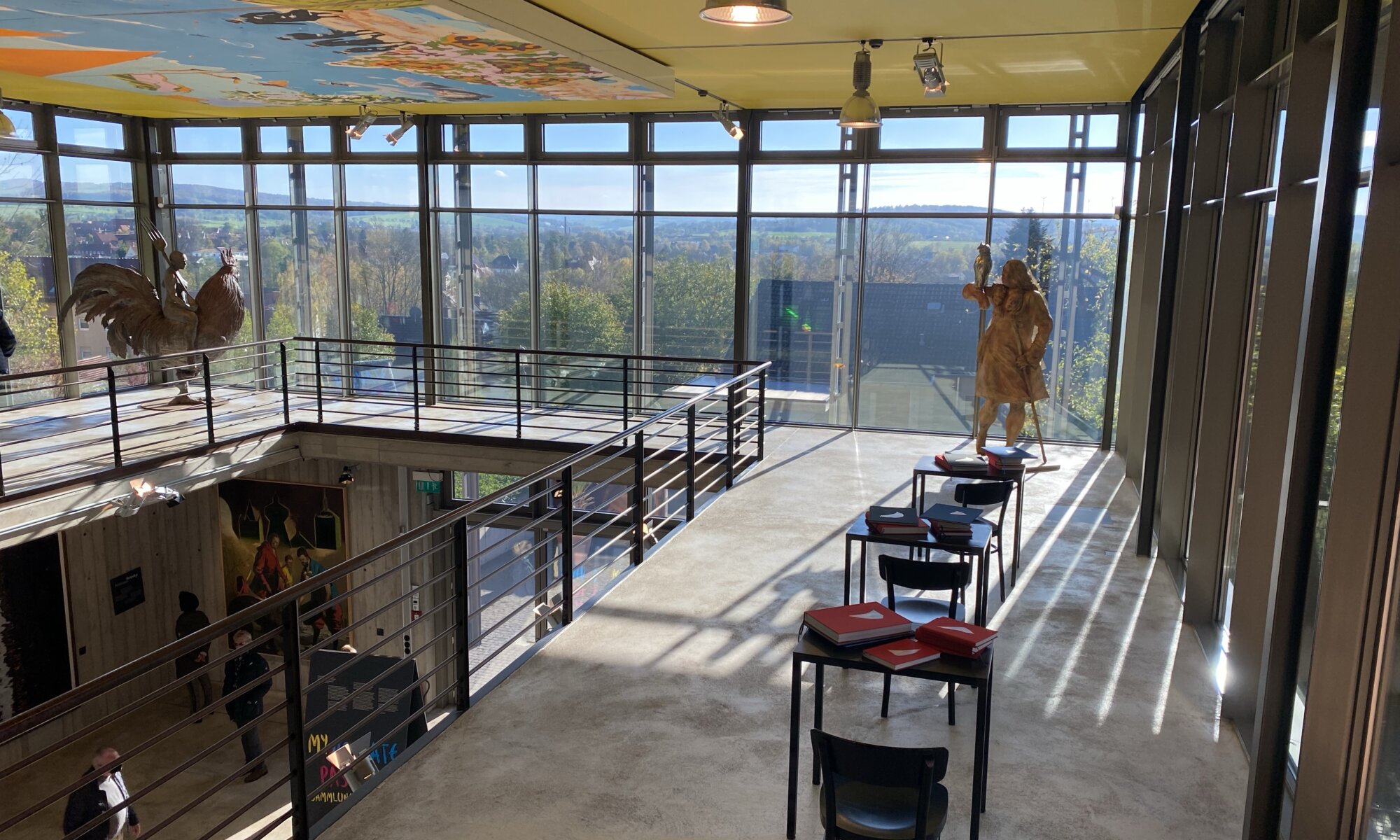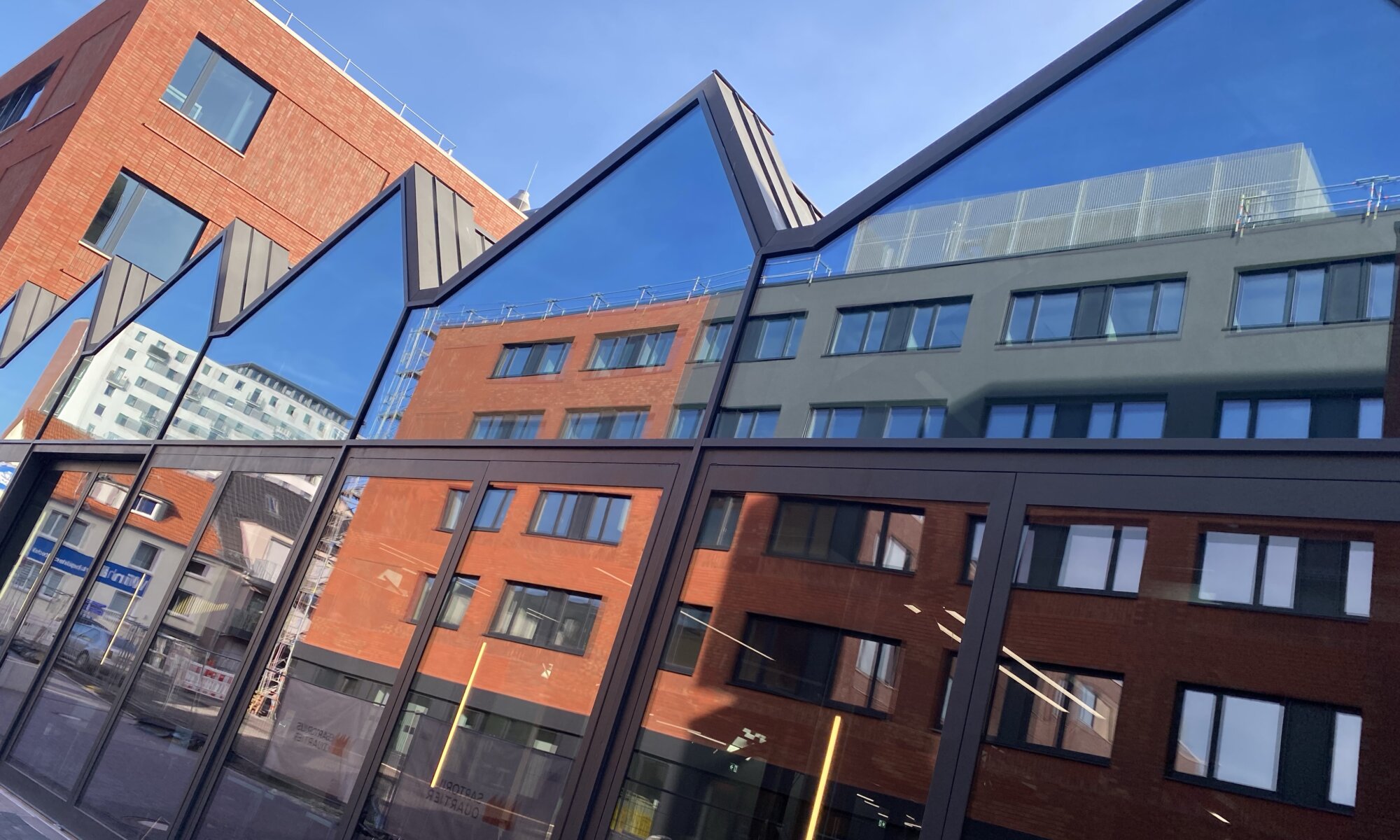For sure also Paderborn has a Museum für Stadtgeschichte that collects items from the history of the city. It was first located in the historic Adam-und-Eva-Haus, a half-timbered house north of the cathedral. In 2015 it moved to a modern building on the grounds of the former Abdinghof cloister. The museum is rather small but very modern.
Continue reading “Stadtgeschichte”Computing history
What many people don’t know is that the modern history of Paderborn is deeply connected to computing. In 1968 Heinz Nixdorf founded the Nixdorf Computer AG which was an important computer manufacturer. It was later acquired by Siemens and the name Wincor Nixdorf become later known mostly for Automatic Teller Machines (ATMs) and cash desk systems. We all have probably already withdrawn money at machines produced at Paderborn.
Continue reading “Computing history”Schloß Neuhaus
Schloß Neuhaus is a castle in Weser Renaissance style located at the city quarter also named Schloß Neuhaus belonging to Paderborn. It was used as a residence of the bishops of Paderborn since the year 1257. Later it was used for military purposes and today it is used as a school. People come here to have a look at the nice castle surrounded by a water-filled moat and to walk through the wonderful landscape garden surrounding the castle.
Continue reading “Schloß Neuhaus”Kaiserpfalz
In the 8th century Charles the Great created the Pfalz Paderborn as one of his seats. At was lost over time but in 1964 the basis of this ancient building was rediscovered during construction works. It has then been preserved and made visible – and directly next to it the LWL-Museum in der Kaiserpfalz has been built. This museum exhibits historic findings of the area underneath an amazing event location.
Continue reading “Kaiserpfalz”Drei-Hasen-Fenster
The cathedral in the city center of Paderborn, Germany, is dedicated to three saints and therefore it is officially named Hoher Dom St. Maria, St. Liborius, St. Kilian. The current cathedral dates back to the 13th century CE, but its predecessors might have stood there already five centuries earlier. The building is 104 meters long and the tower 93 meters high, it is really an impressive building.
Continue reading “Drei-Hasen-Fenster”Paderquellgebiet
What I like about Paderborn is that the history of the city is all about life at the water. In the 8th century Charles the Great conquered the area of Paderborn to rule over the Saxons living there. He built the Karlsburg fortress and later the Pfalz Paderborn to convert the Saxons to Christianity. Charles used the area around the wells of the short river Pader and brought them under control of the church. Later the city of Paderborn was created around them as the source of life for this new city.
Continue reading “Paderquellgebiet”Now & then
Directly next to the Römerberg of Frankfurt am Main you will find two buildings that together form the Historisches Museum Frankfurt, a fantastic opportunity to learn more about the city at the river Main. It was founded in 1877 with the task to collect items that are relevant to the history of the city. Today it is a combination of at least three museums: the collectors museum exhibiting all the private collections donated to the city, the young museum for children and the city museum giving you insight into Frankfurts past and present.
Continue reading “Now & then”Cities with new names
When exploring the south of Göttingen you will find a lot of streets named after former German cities. Cities that you can still find on maps but that have new names. Cities that Germany lost after World War II. And these streets are all lined-up along an axis that begins with the street Stettiner Straße (Szczecin) that becomes the Danziger Straße (Gdańsk) and later turns into the Breslauer Straße (Wrocław).
Continue reading “Cities with new names”Private passion
Hans-Georg Näder is an entrepreneur from Duderstadt who took over the family business in third generation and made the company the world leader in prosthetics. He always remained connected to his home, the Eichsfeld, and he acts as patron for many local initiatives. He is also collecting art and next to his home he opened a small private art museum, the Kunsthalle HGN.
Continue reading “Private passion”Sheddachhalle
I was growing up in the northern part of Göttingen. Close to the home of my parents was the factory building of Sartorius, producing pharmaceutical and laboratory equipment. And this area was for sure closed, you couldn’t look behind the walls surrounding it. With the extension of the company and the continuous move to the industrial area in the city quarter Grone the former company area (now called Sartorius-Quartier) was opened up. It now contains a restaurant with a rooftop bar, a life science innovation hub, a hotel, shops, numerous flats and a new event location, the Sheddach-Halle.
Continue reading “Sheddachhalle”